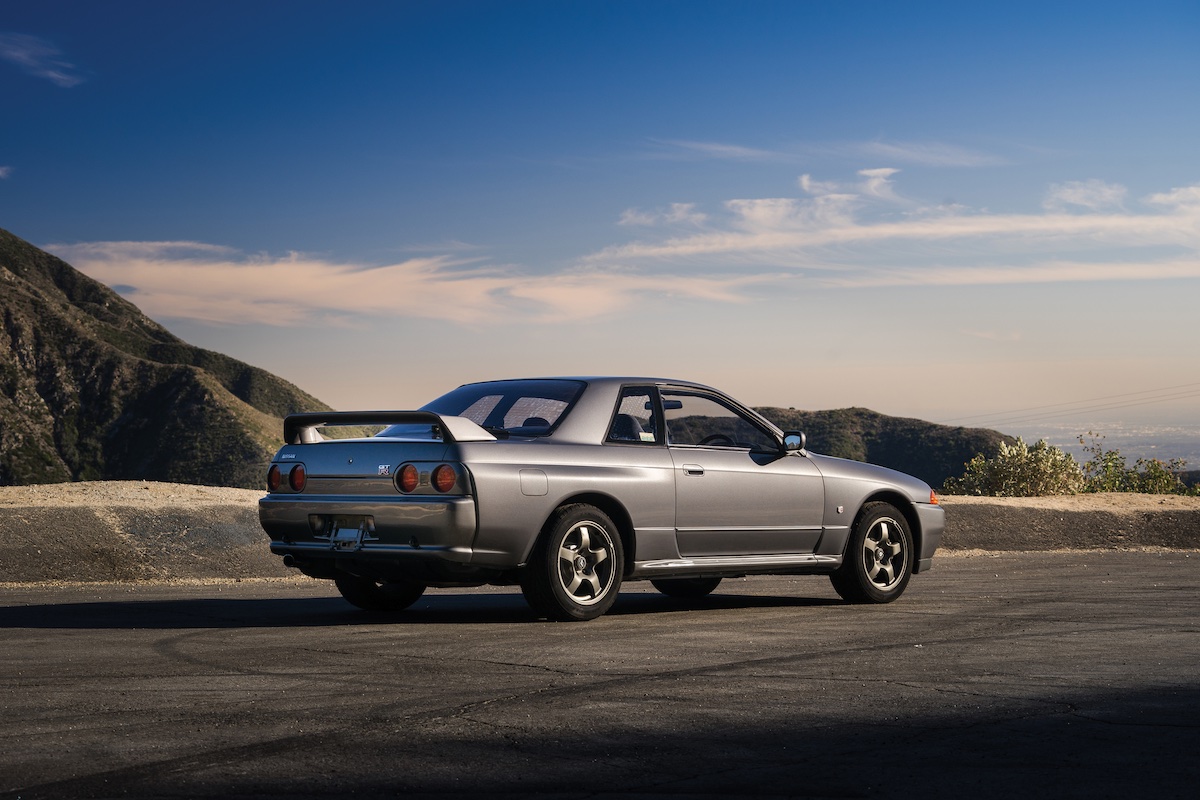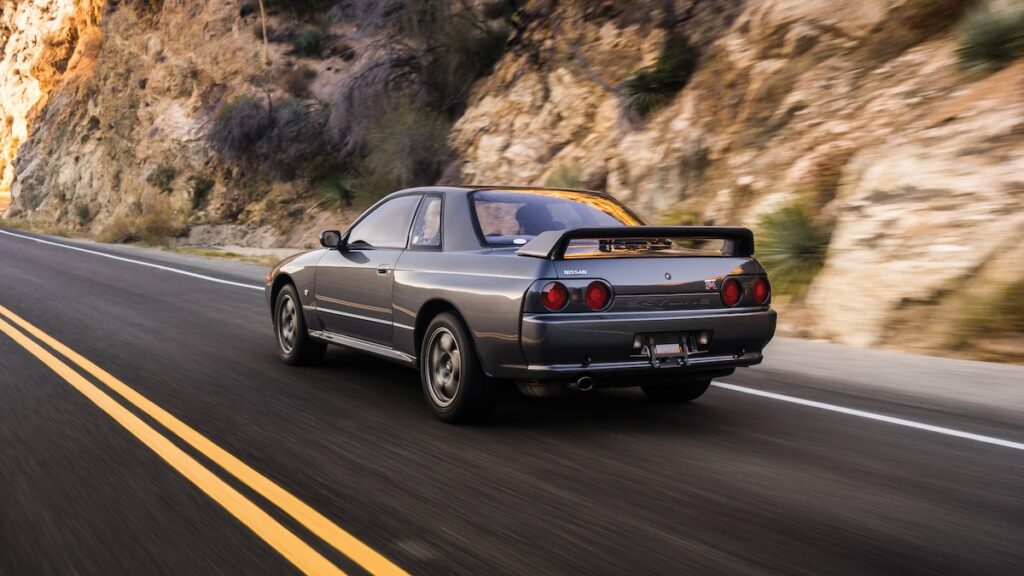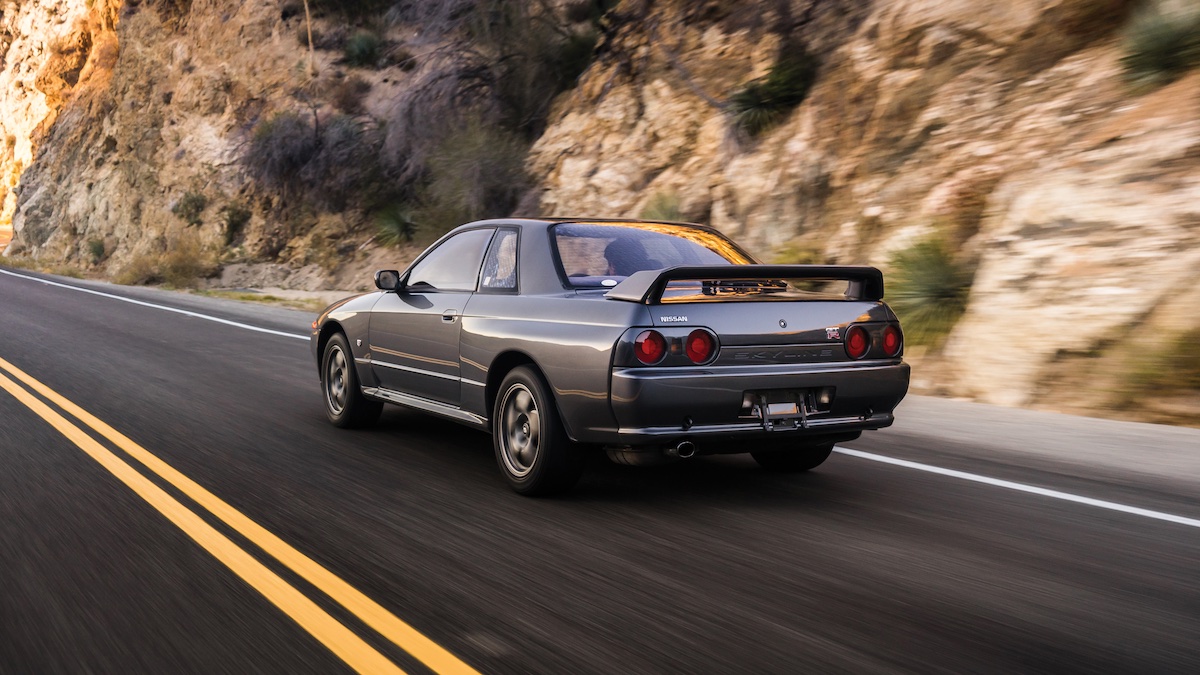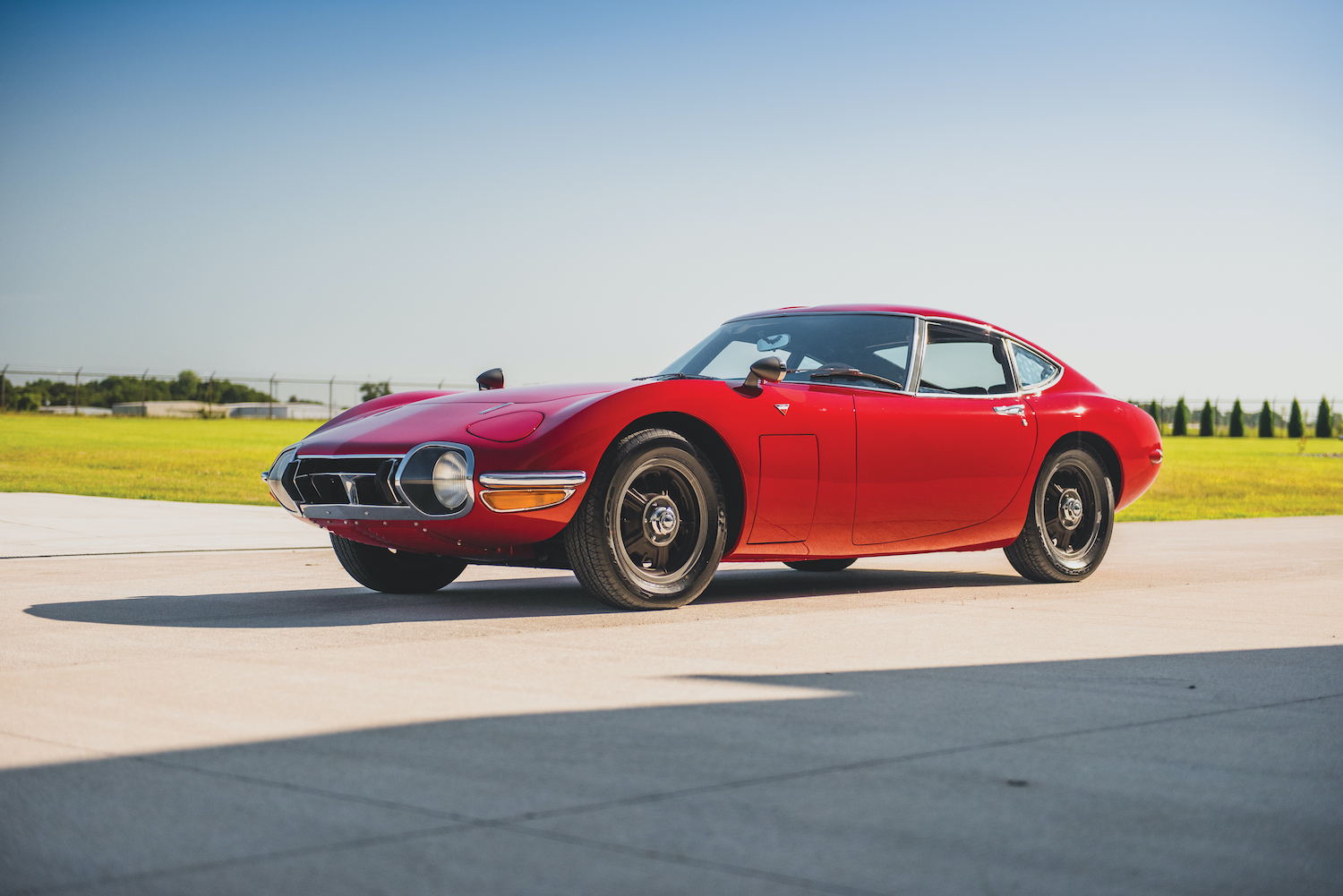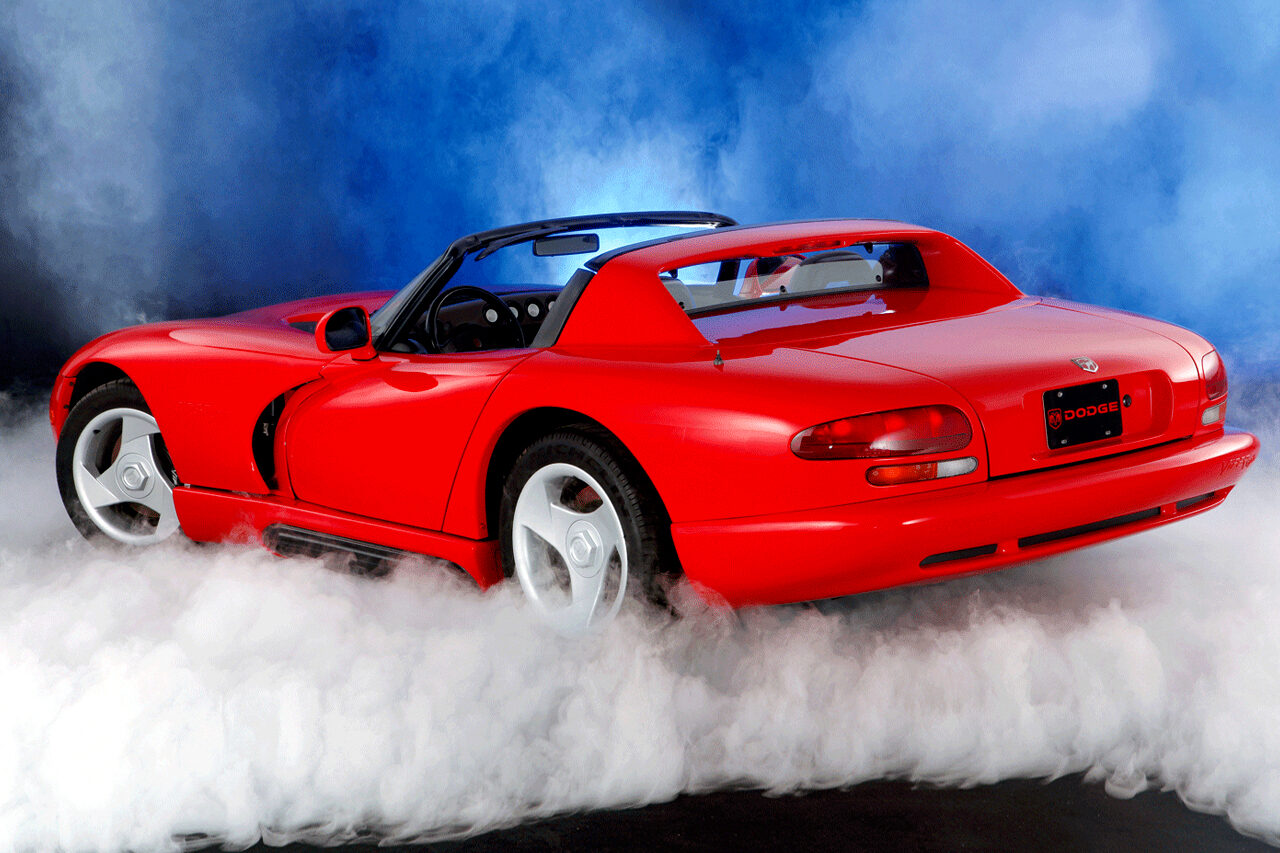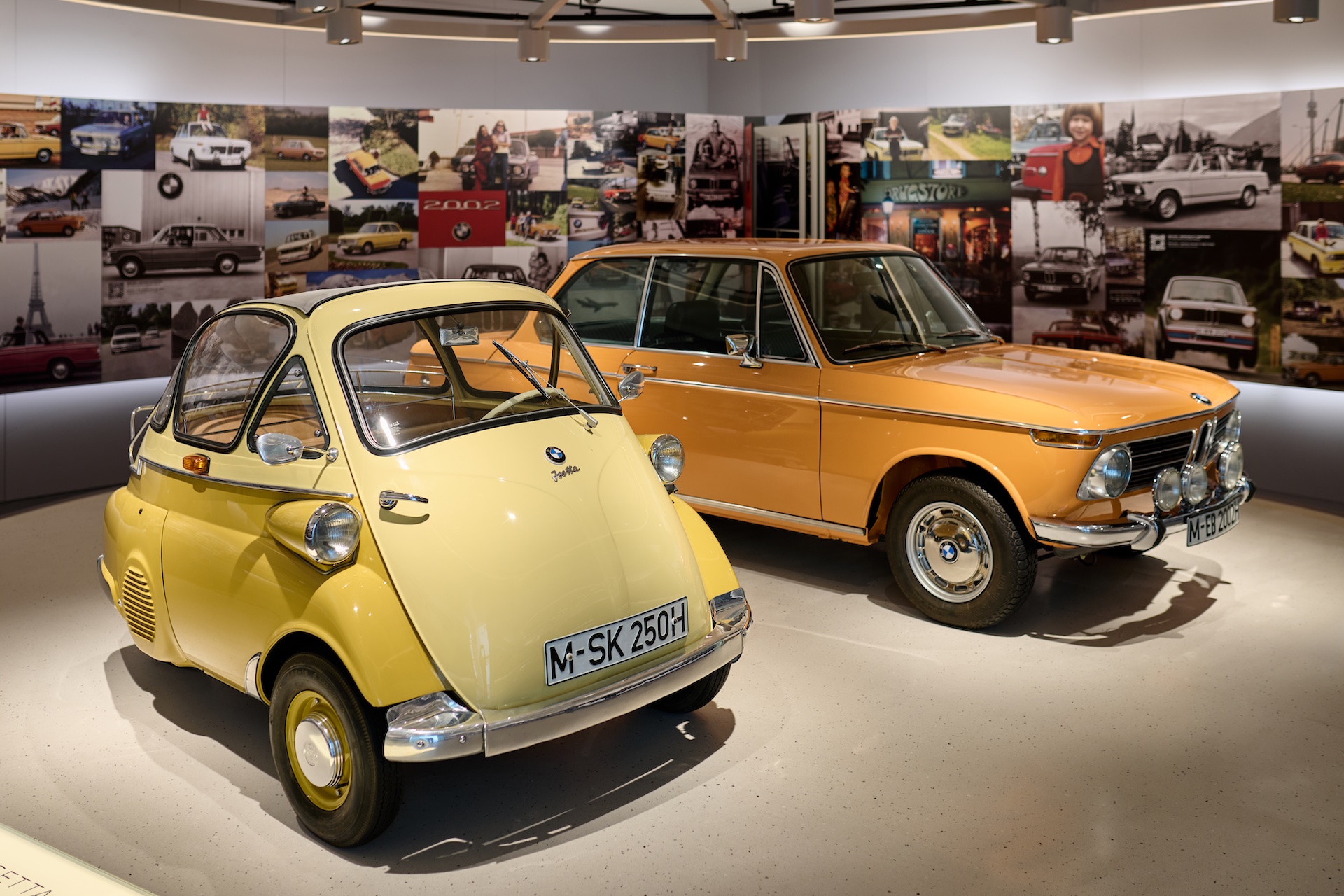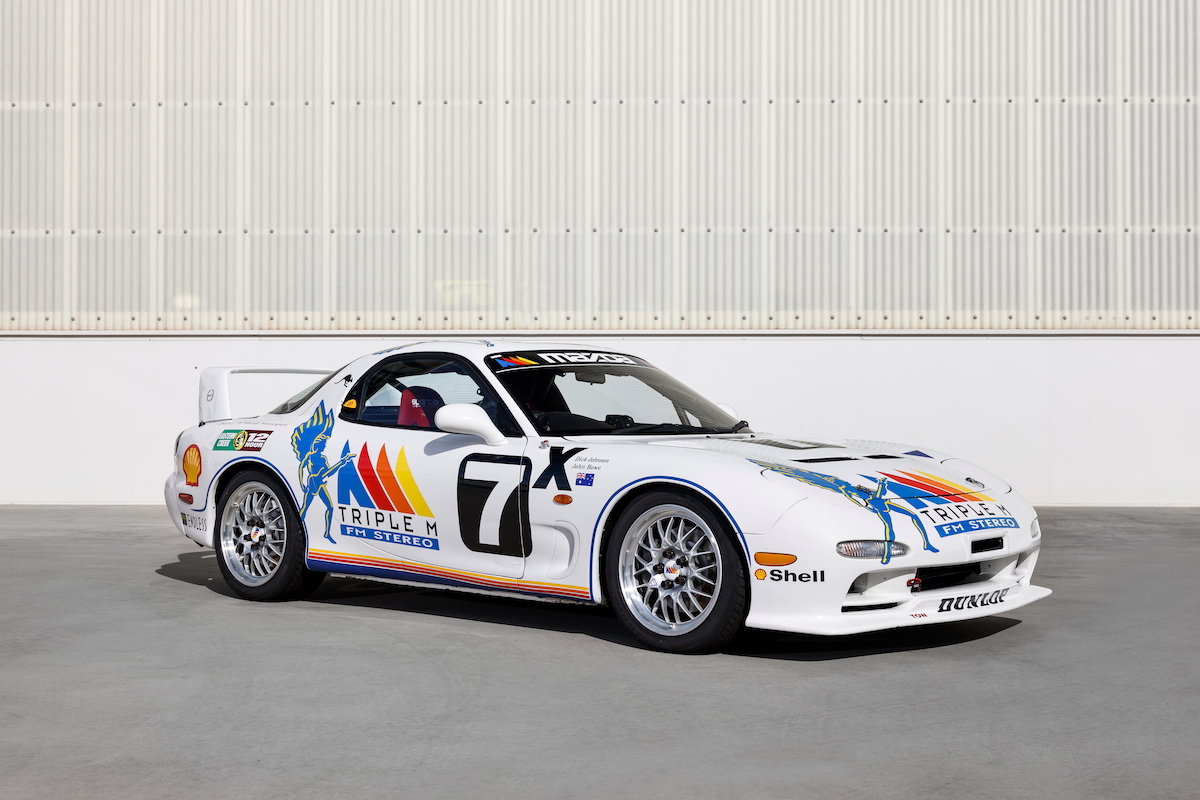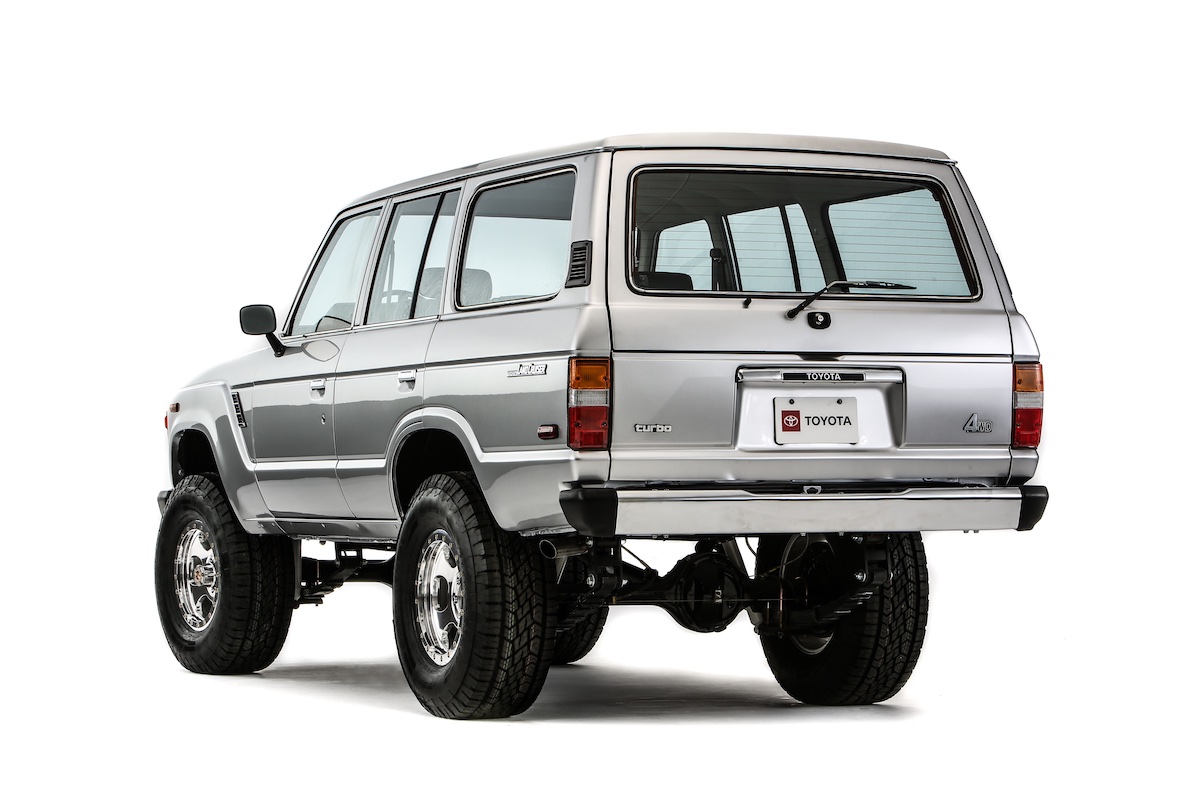Nicknamed ‘Godzilla’ by Australia’s Wheels magazine, the Nissan Skyline GT-R R32 was a revelation on both road and track, thanks to its silken twin turbocharged inline six-cylinder engine and a sophisticated all-wheel drive system that delivered classic, rear-drive balance with uncanny grip and control.
Australia has a special spot for the Nissan Skyline GT-R R32. In 1989, Wheels magazine contemplated the new Japanese supercar with a twin-turbocharged engine, all-wheel drive and four-wheel steering, and wrote as its July coverline: “Nissan’s new Godzilla on wheels aims to slay the Sierra.”
The Godzilla nickname would catch on across the world. But it also hinted at the real mission of Nissan’s super-coupe: to trample international Group A racing.
Much of the GT-R R32’s racing story was played out right here. Fred Gibson’s Melbourne-based Nissan Motorsport team made pure magic with turbo Nissans in the 1980s, first in Group B (Bluebird Turbo) and in Group A with the Skyline DR30 and HR31 coupes.
The Skyline HR31’s successor wasn’t in the frame for the Australian market. Local manufacturing was already looking wobbly, and the R32-series Skyline, launched in 1989, came only in two- and four-door hardtops that were too focused for our sedan mainstream.
The R32 re-introduced a Skyline nameplate that had been shelved for 16 years: GT-R.
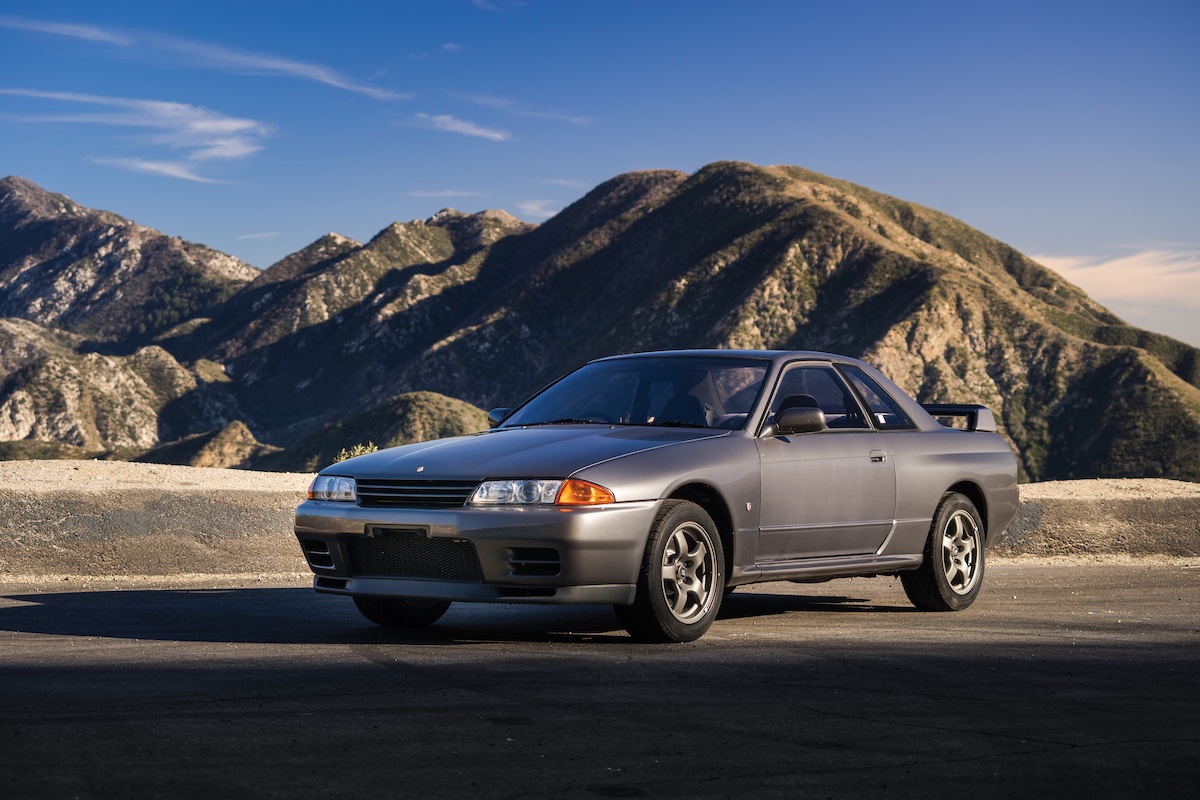
Project chief Naganori Itoh had been inspired in equal measure by the Porsche 959 and the Group A rulebook. The far-out spec started with a 2.6-litre in-line six-cylinder with twin turbochargers. In keeping with Japan’s carmaker covenant, it was still claimed to produce only 206kW.
The GT-R’s RB26DETT in-line six featured an iron block and alloy, DOHC 24-valve head, with individual injection throttle bodies feeding each cylinder. Twin ceramic turbos each fed three cylinders via an intercooler. While Nissan claimed 206kW at 6800rpm and 353Nm at 4400rpm, most agreed that 250kW was more like it.
The five-speed manual gearbox was tough enough; if there were a weak link in the package, it was the under-done brakes, being 280mm discs up front and 297mm at the rear.
The rest of the car was certainly exotic. Drive went to all four wheels via a hugely sophisticated all-wheel drive system that could deliver between 50 and 100 percent of torque to the rear axle.
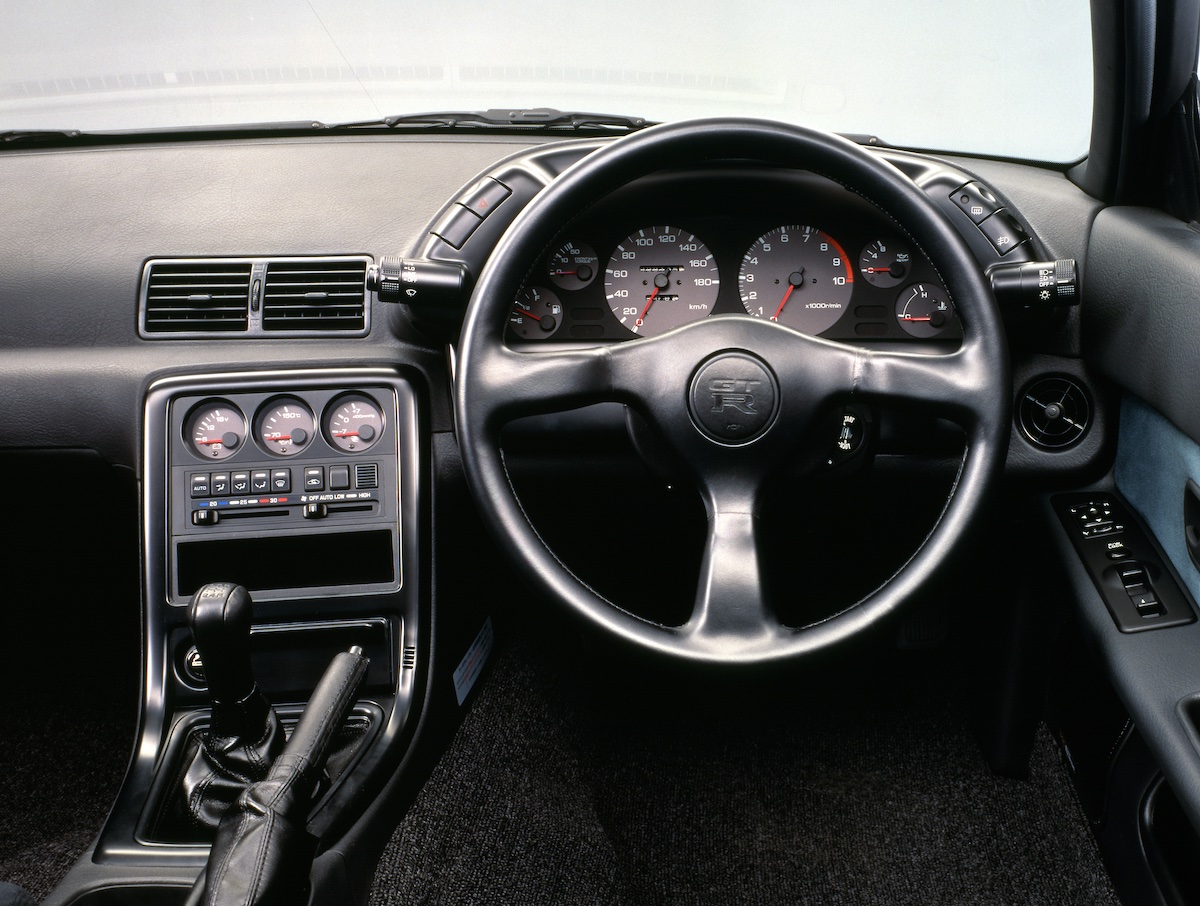
Remember, this was during the anagram 1980s. The pithily titled ATTESA-ETS (Advanced Total Traction Engineering System for All-Terrain, Electronic Torque Split) described the GT-R’s rear-drive layout of tail shaft and rear differential, with a front transfer case taking drive forward. Wet clutch packs handled front and centre “differential” duties.
Super HICAS, meanwhile, used electric actuators to steer the rear wheels in same-phase only, up to one degree. It was an evolution of the four-wheel steering system developed for the rear-drive HR31.
Performance may have been supercar stuff, with sub six-second 0-100km/h and 14-second quarters, but inside the cabin the GT-R was mainly Skyline econo-sedan. Brilliant, deep-bucketed velour seats were the high point, with Avis-spec grey plastic otherwise clothing the dash and doors.
Australia’s place in Godzilla’s history was further assured when a 1991 factory allocation of 100 cars made Australia the only country outside Japan to have officially sold the Skyline GT-R.
Australian-delivered cars – priced at $107,000 – featured climate air, power windows and central locking. The GT-R’s official ‘five-seater’ tag was more about Group A than group harmony.
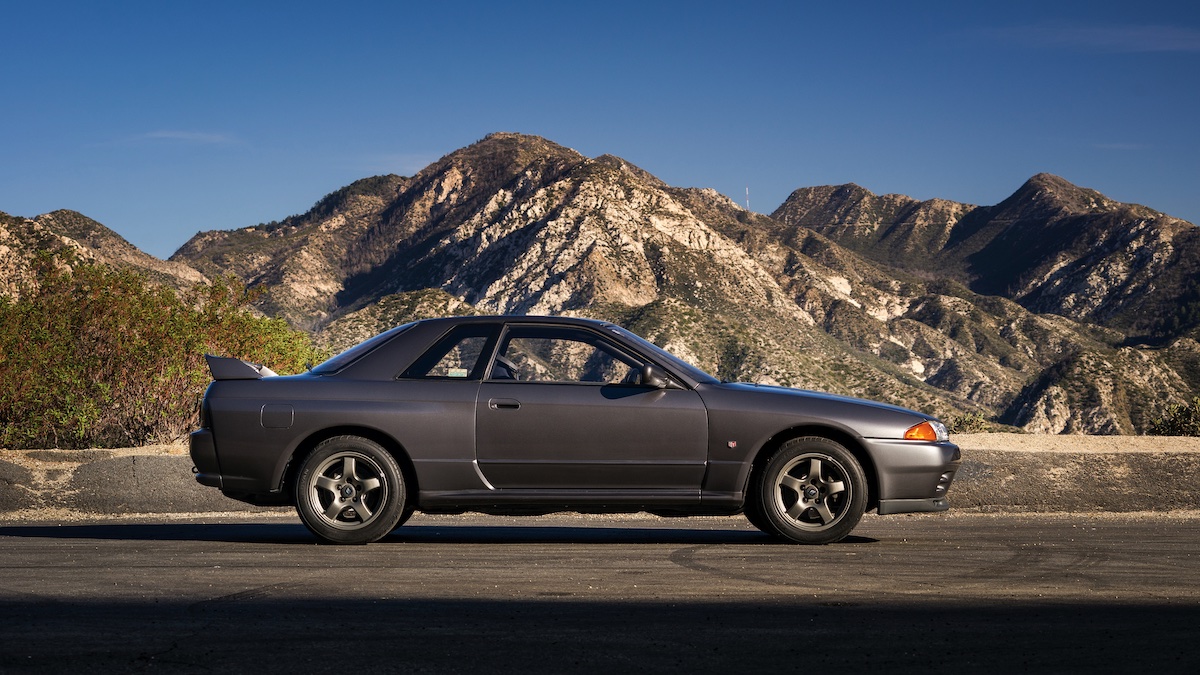
Amazingly today, those 100 R32 GT-Rs were painfully slow to sell. At the end of 1992, one-third of them were still on dealers’ yards. Media baron Kerry Packer was an early customer, snapping up three of them (one to be shipped to his UK estate) and in due course commissioning Gibson to build monster motors for each.
Godzilla was a revelation on the road. Its turbo-motor had the silken sophistication of a BMW in-line six, taken to another level; likewise, the marriage of classic, rear-drive balance with uncanny grip and control.
It was to do far better things on the racetrack, of course. Many of Gibson Motorsports’ developments, like the Oz-made Hollinger gearbox, were adopted by Nissan’s race headquarters. Godzilla won Bathurst twice and brought ATCC titles for Jim Richards (1991) and Mark Skaife (1992). At home, it won four successive Japan Touring Car titles (1989-’93).
From its initial need for just 5000 homologation GT-R R32s, Nissan ultimately built approximately 44,000 of them, before its replacement with the similarly powered R33 model in January 1995.
